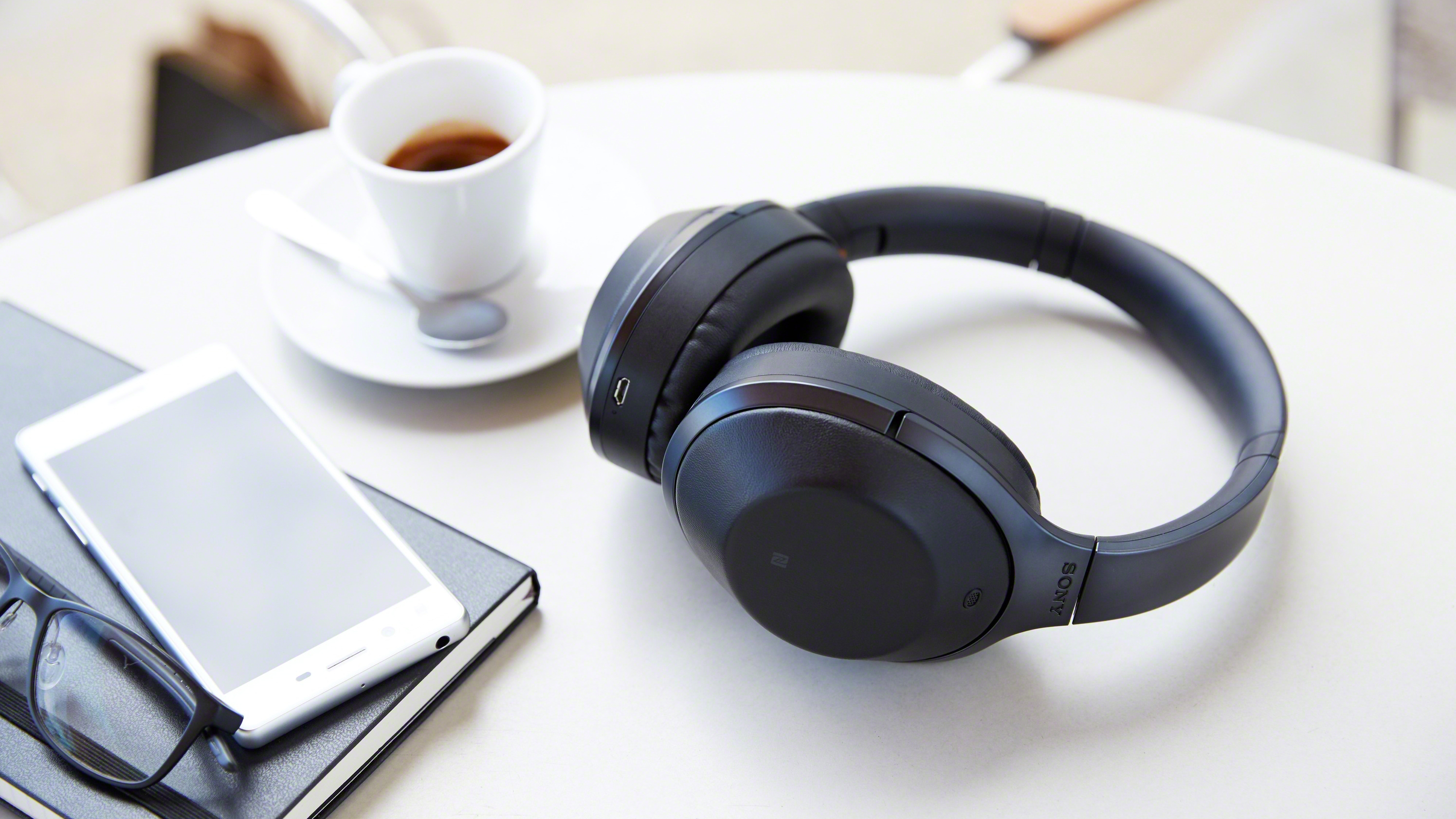TechRadar Verdict
If you're sick of the Bose hype or own a Sony handheld that supports Hi-Res Audio, the MDR-1000X are a still fantastic pair of headphones a few years after they first launched.
Pros
- +
Quick Attention mode
- +
Noise cancellation
- +
Lengthy battery life
- +
LDAC codec for brand loyalists
Cons
- -
Finicky Ambient Noise mode
- -
More expensive than Bose
Why you can trust TechRadar
The Essential Review
TechRadar’s review summary gives you all the key information you need for quick buying advice in 30 seconds - our usual full, in-depth review follows.
Here's yet another Bose QuietComfort 35 competitor. Sony crashed the noise cancellation party with its MDR-1000X back in 2016.
Despite the fact they're now a few years old, they're still a top option for noise-canceling headphones – even if Sony headphones have been upgraded several times since.
It's attention to the minor details that gives the MDR-1000X the edge on the QC35s when paired with a Sony cell phone – Sony's X-factor, the LDAC codec and DSEE HX software, converts uncompressed or lossless 44.1kHz/16bit files to near Hi-Res quality sound.
So these are a pair of active noise-canceling headphones that not only keep sound out really well, but make the audio coming through them sound a lot better.
Who's it for and should you buy it?
The Sony MDR-1000X Headphones are best suited for those constantly on long flights and hanging out in airports waiting for them. They have excellent noise cancellation abilities that rival and in some ways surpass Bose. Little tricks like Quick Attention Mode are supremely handy while you're on the flight and their long battery life should be more than enough to get you across the Atlantic and back.
The MDR-1000X are, in almost every sense of the word, a premium pair of headphones. The faux-leather earpads are extremely comfortable for extended periods of time, and Hi-Res Audio through LDAC make both lossless and lossy audio sound amazing.
Obviously, the MDR-1000X aren't the most inexpensive headphones on the market and, even when compared apples-to-apples with other noise-cancelling headphones out there, there are better deals to be found. Sony's headphones are priced and marketed towards that premium business-class crowd.
But don't forget that since these MDR-1000X Headphones were launched in 2016, Sony has significantly upped its noise-cancelling game with the WH-1000XM2 headphones.
Sony MDR-1000X price and release date
- Price: $400 in the US
- Price: £330 in the UK
- Price: AU$700 in Australia
- Released in September 2016
Like the other popular noise-cancelling headphones, the Sony MDR-1000X aren't exactly cheap. They'll run you around $400 in the US, £330 in the UK and AU$700 in Australia.
Why are they so expensive? A few reasons. Sony put a lot of hardware inside these headphones, not to mention the four microphones that are located inside the headphone and on the outer earcups. Noise cancellation of this caliber also requires a lot of software running, which means the MDR-1000X has a processing chip inside that's running calculations in real time. Add to that a touch-capacitive earcup that reacts to your touch and the price makes sense.
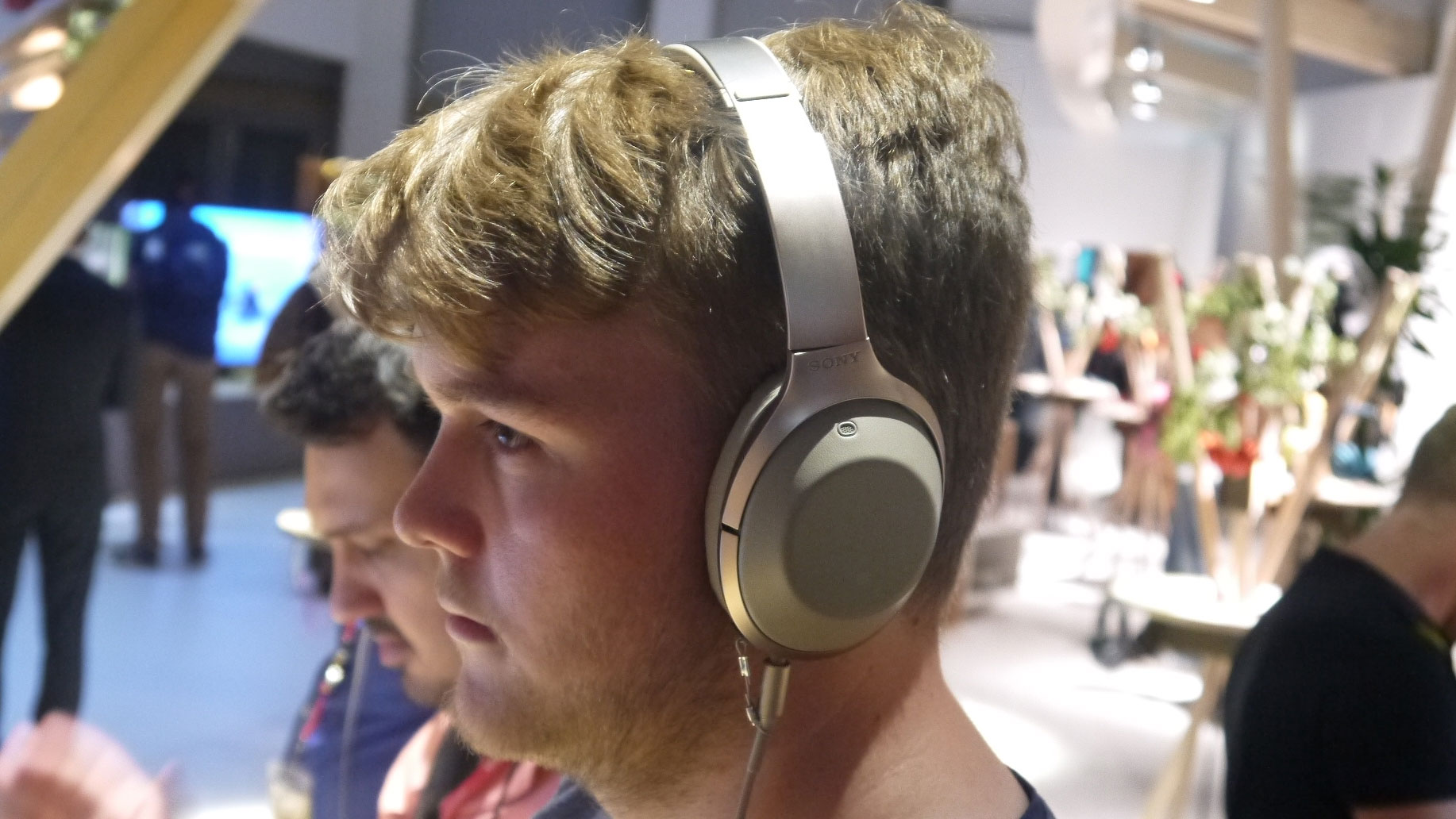
Big on looks, bigger on sound
- Beautiful, simplistic design
- Available in two colors: beige and black
- Uses touch-capacitive controls
Sony's been using a similar design on its premium headphones for some time now. The Sony MDR-1000X faintly resemble this year's H.ear On MDR-100ABN with the only major difference being the exterior microphones located on each of the earcups.
Each cup houses a 40mm closed dynamic driver encircled by thick faux leather pads. While Samsung opted for a pair of on-ear headphones, Sony's are absolutely over-ears. They engulf the entire ear, which actually make them quite comfortable for extended use.
Moving up the bridge a bit is a hinge that allows the earcups to fold up for easy storage and a padded plastic band. The band is fairly flexible and strong enough to resist a fair amount of force, but it's still worth being fairly careful around. For the price it'd would've benefitted Sony to make the bridge a bit sturdier (that's where a vast majority of breakage happens), but overall it's a minor complaint.
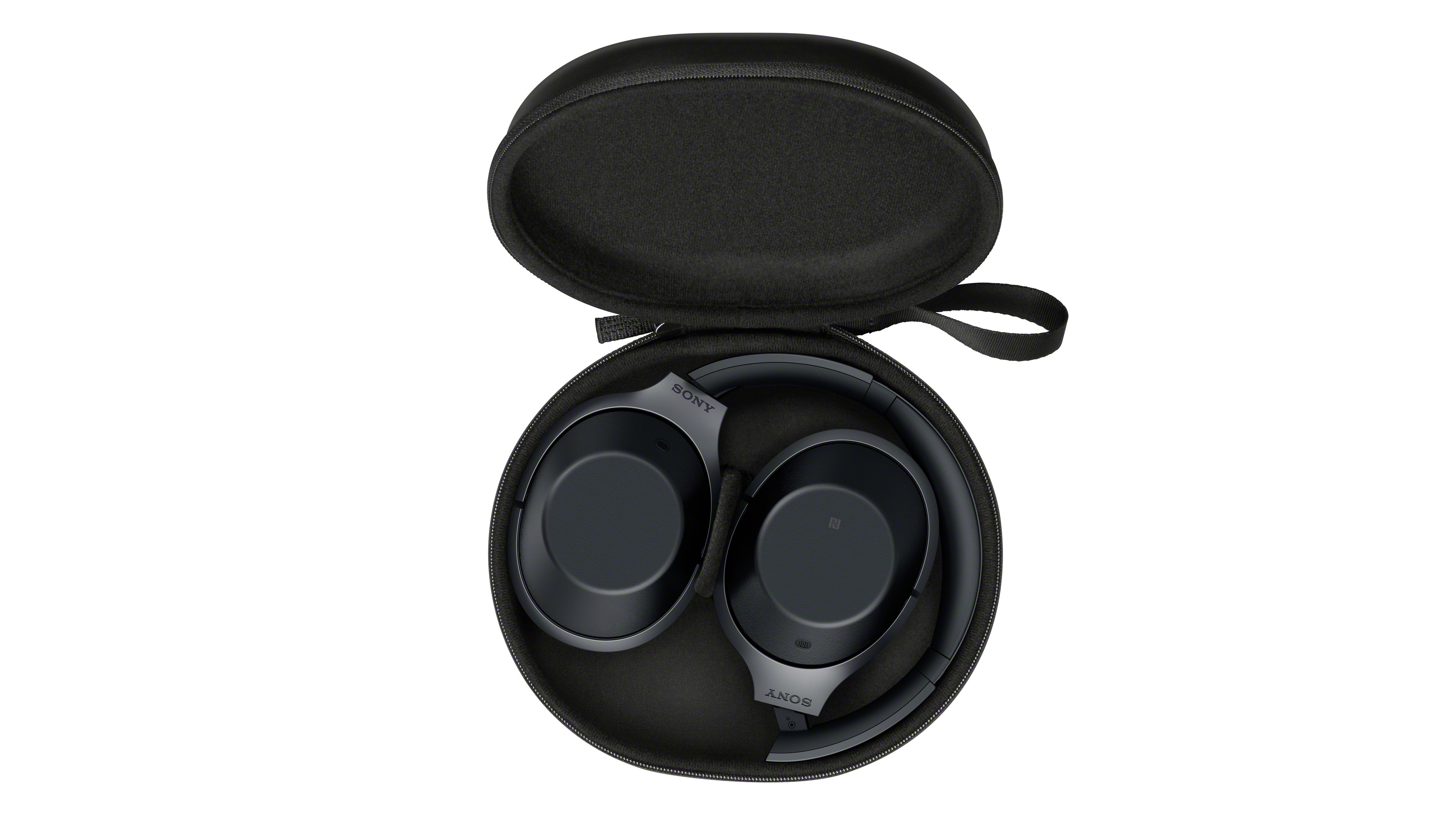
Along the underside of the cups are two ports – a standard 3.5mm aux and microUSB port that you use for charging. The 1000X comes with a USB-to-microUSB charger, but not a wall converter, which implies that Sony expects you to use your laptop to charge the headset in between usage. That said, Sony provides an extraordinarily long 5-foot 3.5-to-3.5mm cord which means that practically no portable device should be out of reach from the 1000X.
Now, you might be wondering where the touch controls are. Eschewing traditional buttons, Sony has made the right earcup touch-activated. Tap twice pauses/plays the current song. Swiping left skips back, while right moves you forward. Finally, swiping up raises the volume and down, as you might expect, lowers it.
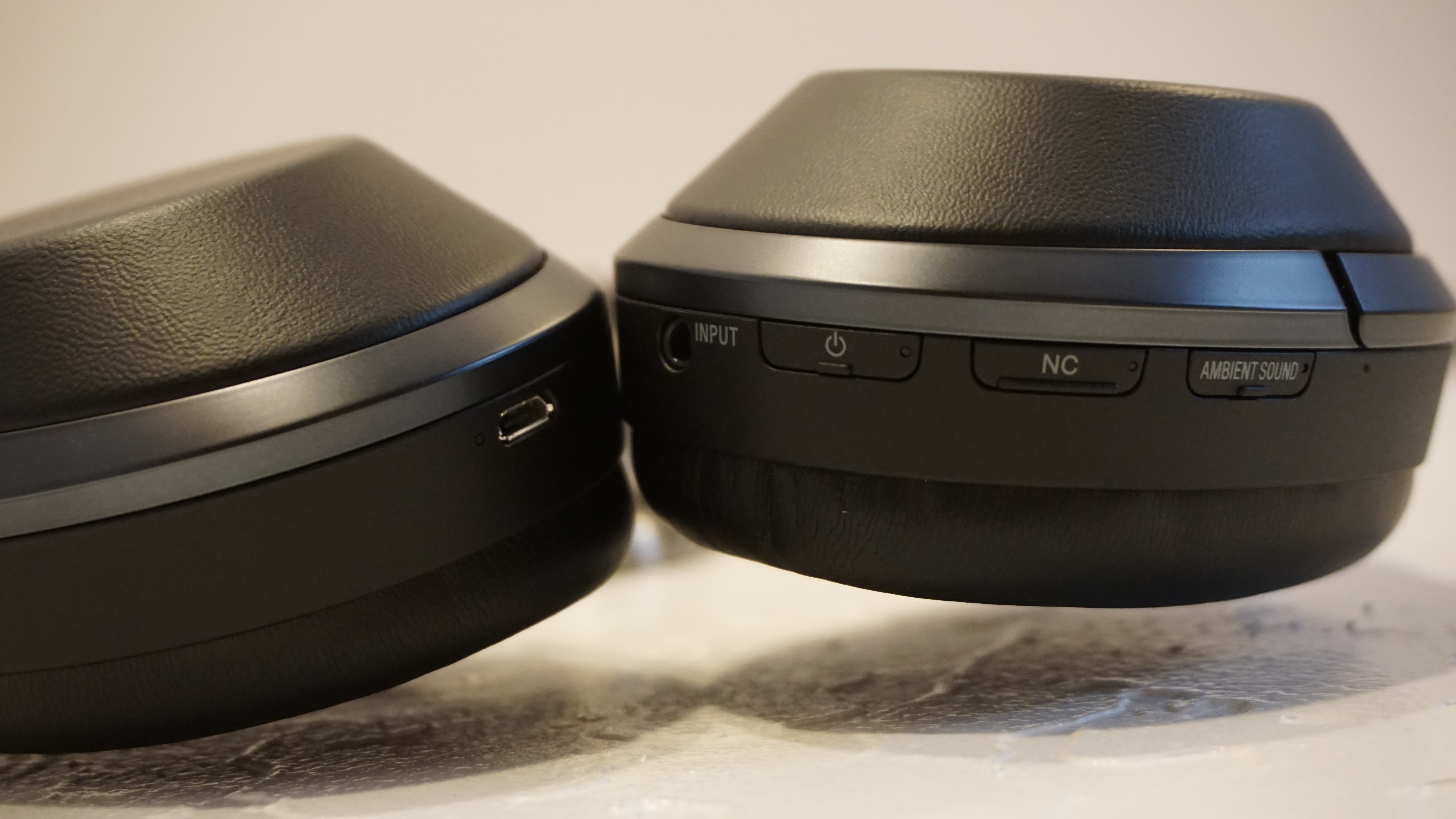
The added benefit of touch controls is that you can also use the built-in microphones to answer incoming phone calls with two taps on the right earcup and activate your personal assistant of choice by pressing and holding the center of the earcup for a few seconds. (Phone calls, by the way, sound exceptionally clear through the headset and those who we spoke to reported that we sounded clearer using the MDR-1000X than we have using any other headset.)
The touch controls only work when the headset is in wireless mode, however. Plug it into your laptop, tablet or phone and you won't be able to control the action from the headset.
The headphones support NFC for quick pairing on Android devices that support the feature. However, we couldn't connect the headphones to more than one device at a time – a minor problem if you want to listen to music off your laptop but also have the MDR-1000X connected to your phone in case someone calls.
The king of audio performance
- Above average noise cancellation technology
- Stellar audio performance
- Voice pass-through doesn't always work as advertised
There's a lot to unpack here, but if you only leave with two takeaways, they should be that the MDR-1000X has excellent (though not totally perfect) noise cancelling chops and music playback – especially when using another Hi-Res Audio device – is outstanding.
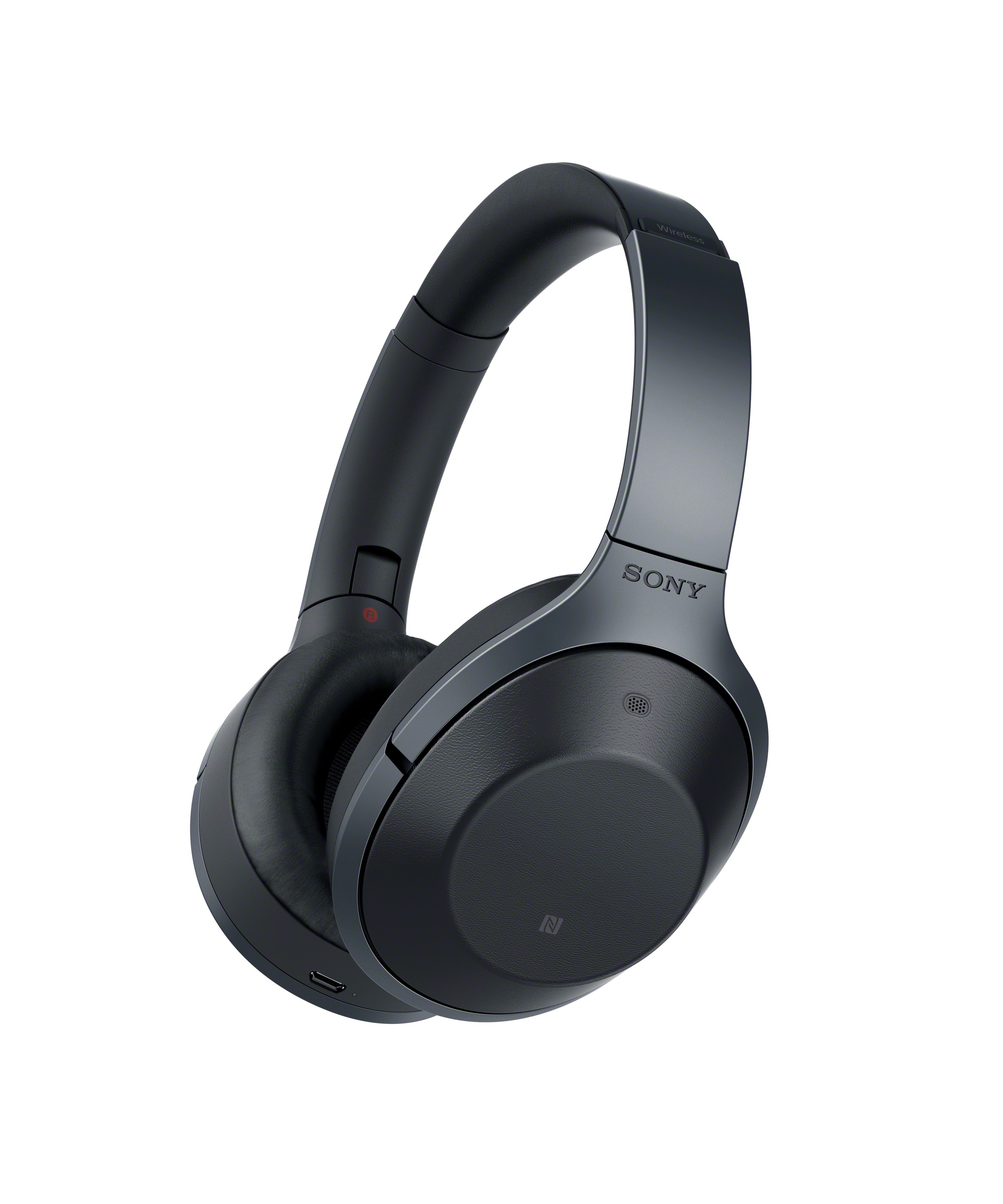
Driver Type: 40mm, dome type
Frequency Response: 4Hz-40,000Hz
Headphone Type: Closed, dynamic
Impedance: 16 ohm (1kHz)
Sensitivity: 103dB/mW (1kHz)
Weight: 275g
Bluetooth Technology: Version 4.1
Supported Audio Formats: SBC, AAC, aptX, LDAC
Noise cancelling is arguably the biggest reason the headphones cost as much as they do, and one of the reasons that they're so great. What separates Sony's noise cancelling tech from Bose's is that Sony's identifies different types of audio cues and works specifically to counteract them.
During a demo with an engineer from Sony, we were given three everyday scenarios where you'd need noise-cancelling technology and then asked what we thought. The first setting, and the most obvious, was a plane. So while we were listening to Daft Punk's Get Lucky the engineer started a recording of a plane engine from a speaker located above our heads.
We weren't completely oblivious to the roar – even with noise cancelling on we immediately noticed that something had changed – but compared to the sound of the engine with the headphones off, it was almost entirely diminished. There aren't many headphones that can almost completely block out a separate speaker blasting a dull roar of an airplane engine, but Sony's MDR-1000X actually did.
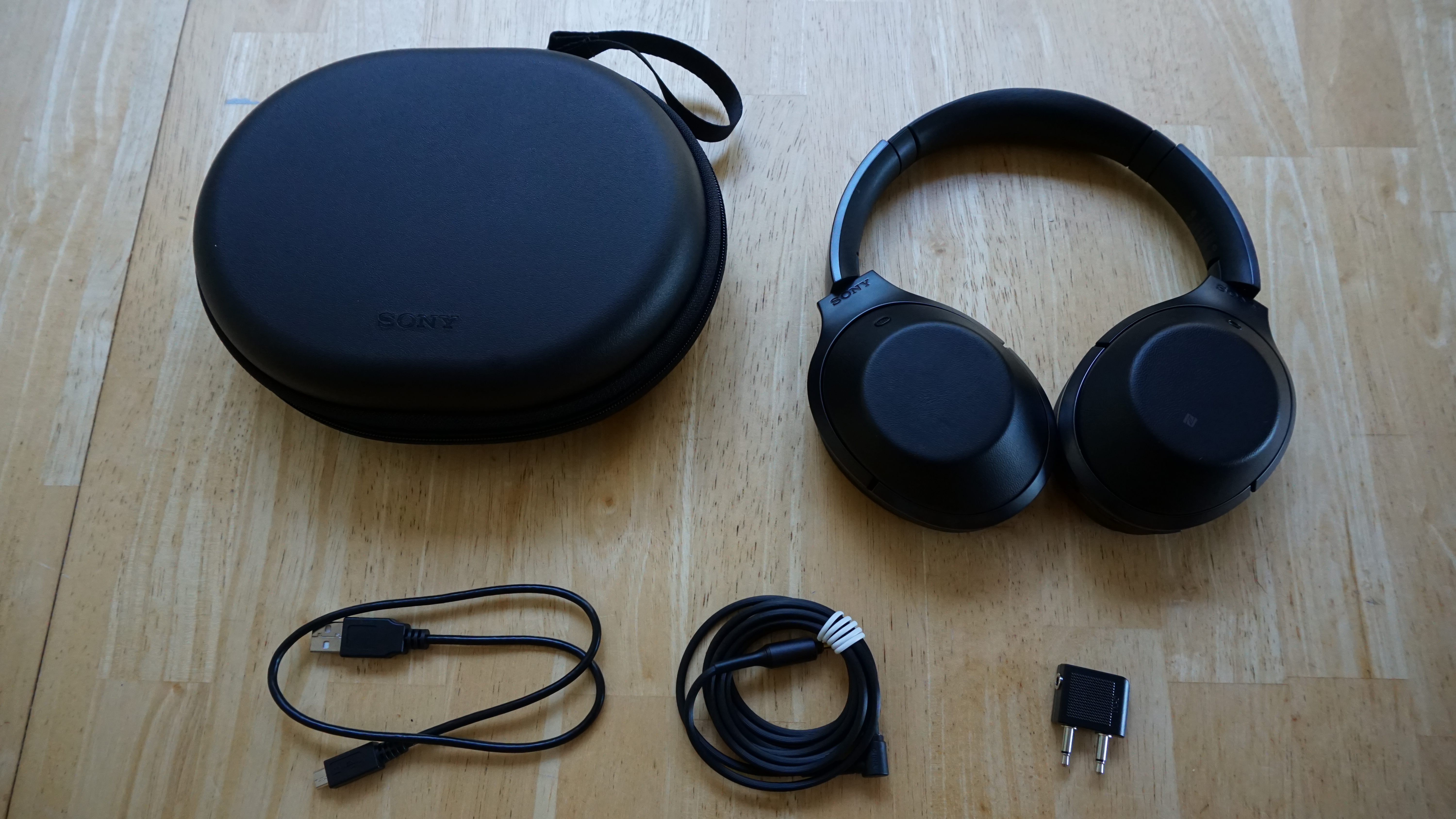
The last two scenarios they walked us through were a bus, which, instead of a dull roar, was more of intermittent loud noises and audible conversations, and an office that had no loud noises and just loud conversation.
As you'd expect, the headphones blocked out the dull roar just fine, but Sony made the claim that the headphones would allow voices to pass through … which didn't happen. This is done so that if someone is talking to you – or, worse, yelling at you to get your attention before you get hit by a car while walking on the street – you can actually hear them. But this mode simply didn't work, either there during the demo or when I used them around town.
Oh well.
The mode that we did find impressive, however, is what Sony is calling Quick Attention Mode. When you use your hand to cup the right speaker, the volume drops immediately and the exterior microphone channels all incoming noise into the headset. This could be useful if you're waiting to hear important information about a gate change at the airport or if you want to have a brief conversation with someone without taking off your headphones.

Overall the noise cancelling works well, and while it doesn't work quite the way Sony claims it will, it's near as good as Bose's QuietComfort 35s are with the added perk of Quick Attention Mode.
Music playback-wise, it's a similar story: the Sony MDR-1000X are darn impressive – we even use the word "outstanding" here.
One of the MDR-1000X's biggest draws is that they support Hi-Res Audio via Sony's LDAC codec and DSEE HX which takes MP3 files and digitally adds in missing data lost during the compression process. Technically speaking, DSEE HX converts uncompressed or lossless 44.1kHz/16bit files to near Hi-Res quality sound – up to 96kHz/24bit. That said, whether you'll be able to hear the difference between audio upconverted using DSEE HX is up for debate.
Music transmitted via LDAC, on the other hand, is amazing however the only players that support it are Xperia Z series phones (Z3 or later), Hi-Res models of Walkman, 4K Sony TVs, AV receivers and its wireless speakers.
If you don't own any of those devices, it's not all bad, however. The MDR-1000X supports SBC, AAC and aptX codecs, meaning that there are a few different ways to get high bitstream music from your device to your headphones.
Music, both in aptX and AAC, sounded relatively crisp with sparkling highs and crystal-clear mids. Listening to classical tunes felt like I was transported to my favorite music hall which I then proceeded by nearly blowing out my eardrums listening to the Violent Femmes.
The MDR-1000X are a solid-sounding pair of headphones, and clean, too. You won't find a lot of artificial tampering here like you do on any of Beats' headphones, but in order to get the best sound you'll probably want to be the owner of Sony device.
Battery Life
- Battery life (continuous music playback): 20h with ANC on
- Battery life (in standby mode): 34h with ANC on
- But, unfortunately, you can't swap out the battery
We were pretty impressed with the MDR-1000X's battery life.
Sony claims that you can expect the MDR-1000X to go about 20 hours with both active noise cancelling and Bluetooth turned on, or about 22 hours without noise cancelling. We found that estimate to even be a bit conservative – we wore mine for two days straight listening to music for about eight or nine hours each day and the battery just dipped below the 50% mark.
That said, all internal batteries wear down over time and Sony doesn't offer battery replacements on the MDR-1000X. That means, three or four years down the line when the MDR-1000X no longer holds a charge like it once did, your only option will be to retire them.
Not convinced? Try these instead!
If the Sony MDR-1000X isn’t for you, then we’ve picked two excellent over-ear headphones with noise-cancelling technology for you to consider instead.
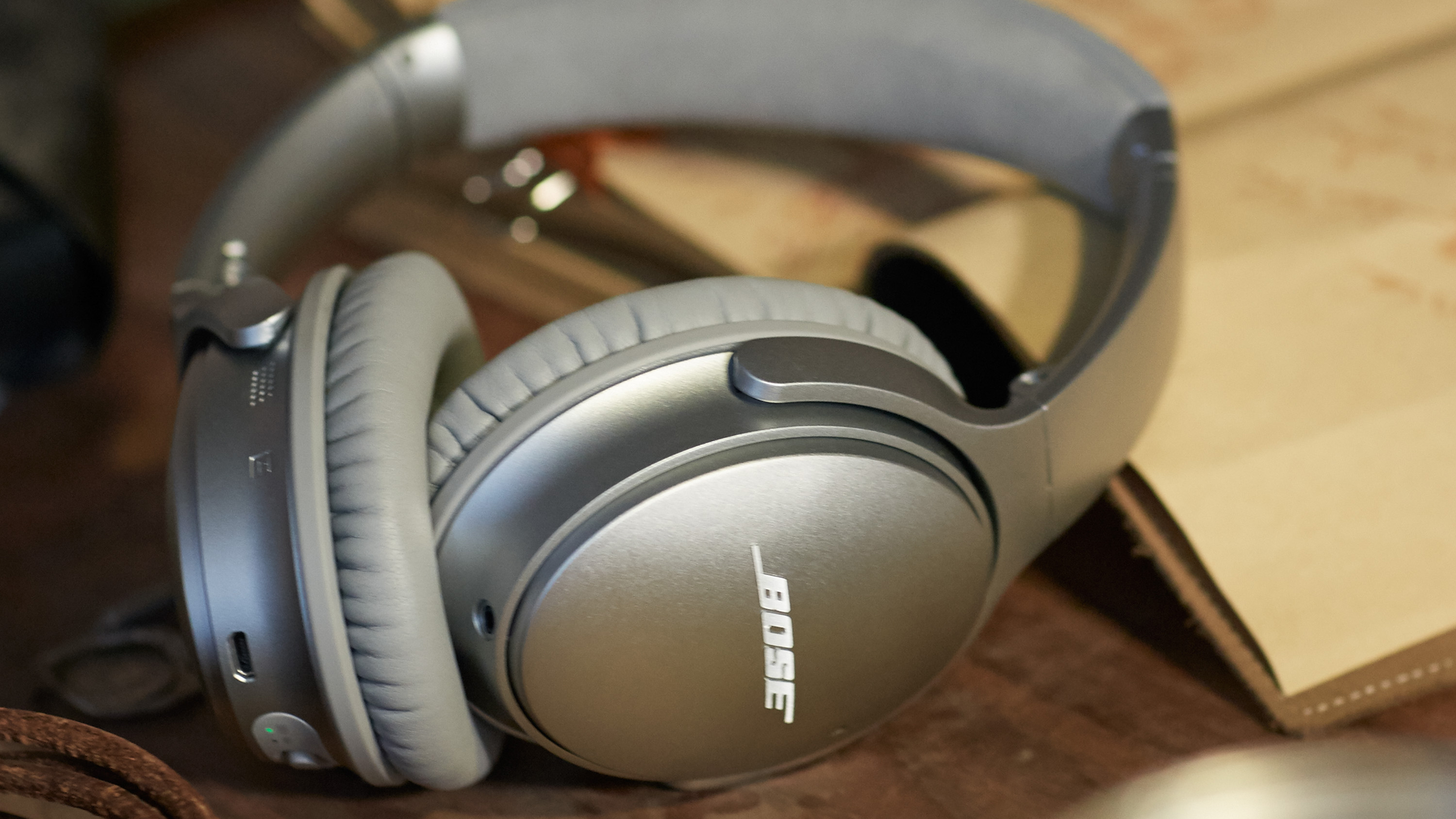
Bose QuietComfort 35
If you're looking for top-tier pair of noise-cancelling over-ear headphones that have been an old staple for travelers for years, check out the Bose QC35. It has powerful noise-cancelling technology that, in our opinion, is even better than Sony's with close to the same audio performance.
- Read our full Bose QuietComfort 35 review
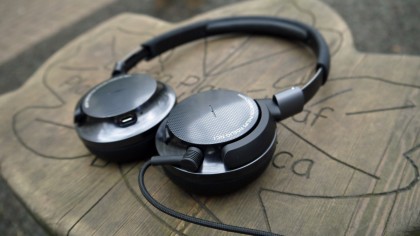
Philips Fidelio NC1
Philips presents an elegant noise-cancelling solution with its NC1. They're not wireless like the Bose QC 35 or the Sony MDR-1000X, but they have a phenomenal battery life, and cost a bit less.
- Read our full Philips Fidelio NC1 review
Nick Pino is Managing Editor, TV and AV for TechRadar's sister site, Tom's Guide. Previously, he was the Senior Editor of Home Entertainment at TechRadar, covering TVs, headphones, speakers, video games, VR and streaming devices. He's also written for GamesRadar+, Official Xbox Magazine, PC Gamer and other outlets over the last decade, and he has a degree in computer science he's not using if anyone wants it.
